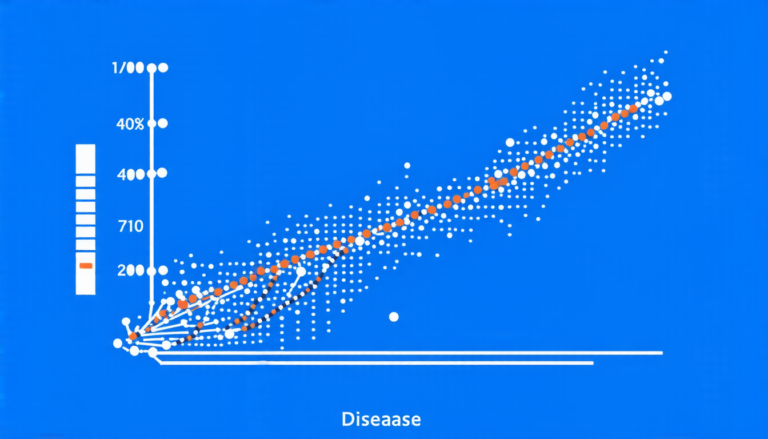Wednesday 09 April 2025
Mathematicians have long been fascinated by the properties of minimal surfaces – shapes that occupy the least amount of space possible while still maintaining their structure and integrity. These surfaces can be found in nature, such as soap bubbles or the surface tension of water, but they also have important applications in fields like engineering and materials science.
Recently, a team of researchers has made significant progress in understanding the properties of minimal surfaces in higher-dimensional spaces. By using advanced mathematical techniques, they were able to prove that certain types of minimal hypersurfaces – surfaces with one dimension fewer than the space they occupy – can be totally geodesic, meaning they are curved in such a way that any point on the surface is equidistant from all other points.
This may seem like an esoteric concept, but it has important implications for our understanding of the fundamental laws of physics. You see, the curvature of space and time is a key aspect of Einstein’s theory of general relativity, which describes how gravity warps the fabric of spacetime around massive objects. By studying the properties of minimal surfaces in higher-dimensional spaces, researchers may be able to gain new insights into the nature of spacetime itself.
The team’s proof relies on a technique called the generalized Bochner method, which allows them to analyze the stability and curvature of these minimal hypersurfaces. This method has been used before to study other types of geometric objects, but its application to minimal surfaces in higher-dimensional spaces is a significant breakthrough.
One of the key implications of this research is that it may help us better understand how spacetime behaves under extreme conditions, such as near black holes or during the early moments after the Big Bang. By studying the properties of minimal surfaces in these environments, researchers may be able to gain new insights into the fundamental laws of physics and the behavior of matter and energy at the most basic level.
The research also has potential applications in engineering and materials science. For example, by understanding how minimal surfaces can be used to create stable structures with unique properties, engineers may be able to design new types of materials or systems that have previously been impossible to achieve.
Overall, this breakthrough in mathematics is an important step forward in our understanding of the fundamental laws of physics and the behavior of spacetime. While it may seem like a complex and abstract concept, the implications of this research are far-reaching and have the potential to revolutionize our understanding of the universe.
Cite this article: “Unlocking the Secrets of Minimal Hypersurfaces: A New Perspective on Stability and Geometry”, The Science Archive, 2025.
Minimal Surfaces, Higher-Dimensional Spaces, General Relativity, Spacetime, Curvature, Gravity, Einstein’S Theory, Bochner Method, Geometric Objects, Mathematical Techniques







